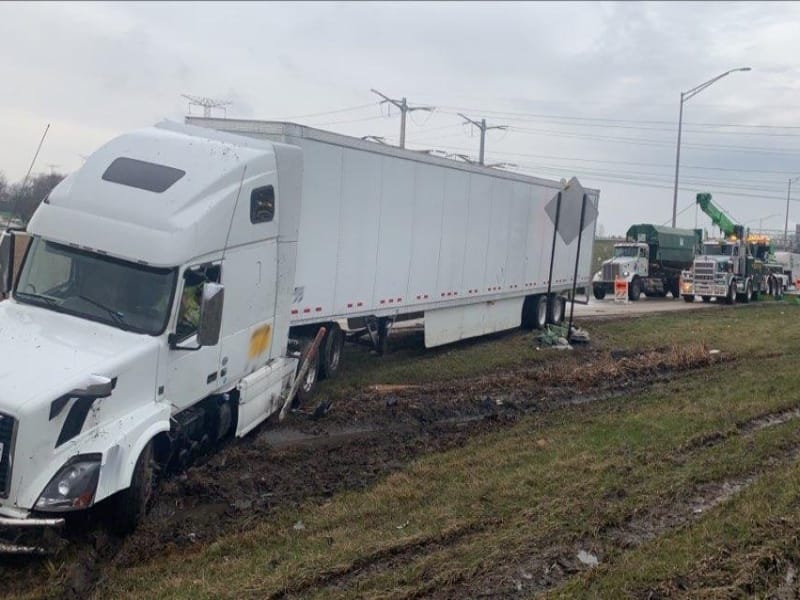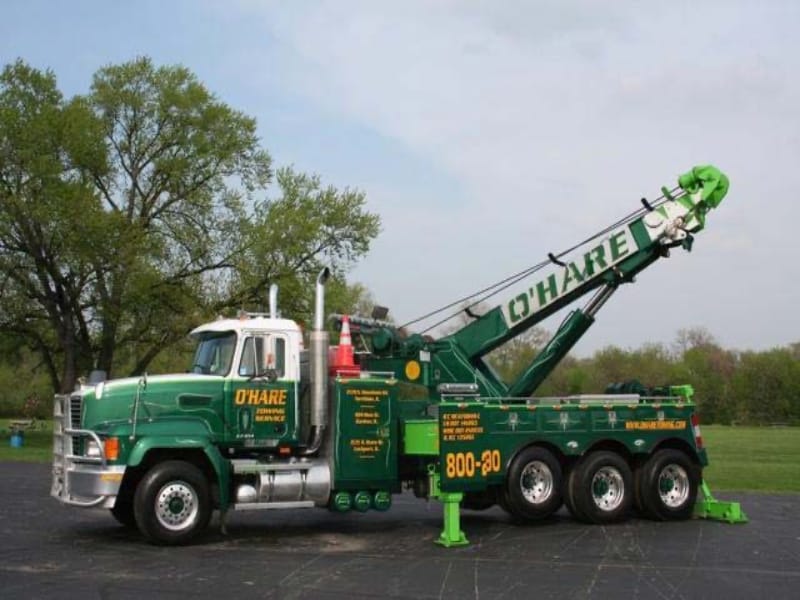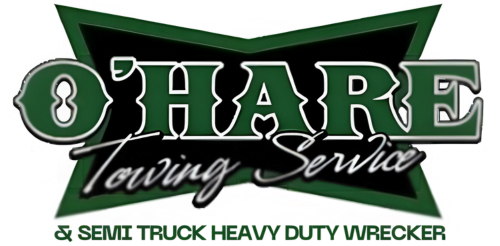Staying Balanced from Mile One
A balanced load protects your freight and your entire operation. That’s something we’ve learned after countless I-355 load shift correction calls where one small oversight turned into a major heavy towing operation. The road doesn’t care if you’re hauling steel beams or pallets of bottled water. If that weight shifts, the consequences can range from inconvenient to catastrophic. The goal is simple: keep your load steady from pickup to drop-off. But getting that right takes more than guesswork. Let’s walk through how to prevent trouble before it starts and what to watch for mile after mile.

Bad Balance Builds Bigger Problems
Think about it like this: your truck is a scale stretched over 18 wheels. The moment the load tips too far one way, you’re already losing control: even if you don’t feel it right away. Drivers sometimes start out with a solid load in the morning and end up on the shoulder of I-355 by afternoon because they didn’t account for how their freight would settle during transit.
Unbalanced loads can lead to:
- Excess tire wear or blowouts
- Strained suspension and uneven braking
- Rollovers in turns or during sudden stops
- Load spills or trailer damage
And once you’re in trouble, fixing it isn’t quick. Many I-355 load shift correction jobs take hours, and sometimes cranes, to get things stable again.
Don’t Count on Luck, Count on Good Practices
No trucker is a big fan of surprises on the road. Keeping loads balanced is something to take seriously every time. Here’s how to set up for success:
Load Planning Starts Before the Freight Arrives
Always start with the basics: weight limits and axle distribution. No matter how tight the deadline, don’t load a single pallet before running the numbers.
- Distribute weight evenly front to back and side to side.
- Keep the center of gravity low, heavier items go on the bottom.
- Avoid stacking in a way that allows items to shift during transit.
- Lock it down: use load bars, straps, and dunnage to keep everything locked into place.
Monitor While You Drive
You can’t just secure it and forget it. Conditions change. Roads get bumpy. Drivers brake harder than expected. Stay alert for signs of load movement like:
- A sudden change in handling or steering pull
- Suspension squeaks or shifting noises from the trailer
- Load straps going slack or visibly stretching
If anything feels off, pull over and check. Better a 10-minute stop than a 2-hour I-355 load shift correction scene with law enforcement and flashing lights.
Use Technology to Stay Ahead
Some of our trucks are fitted with load sensors or pressure monitoring tools. These systems track weight and help you spot a shift before it becomes a full-blown emergency. It’s another layer of protection that pays for itself the first time it prevents a rollover.

O’Hare Towing Service: We Handle Your I-355 Load Shift Correction, But You Can Avoid Them
We’ve spent years responding to I-355 load shift correction calls. At O’Hare Towing Service, our I-355 load shift correction team has seen it all: overturned trailers, crumpled pallets, and cargo scattered across three lanes of highway. When the load gets loose, everything else unravels fast.
That’s why we stress balance on every haul. It’s not just about avoiding calls to us, but about keeping the schedule, protecting your gear, and staying safe on the road. But if you ever do need help with a tricky shift, we’ve got the I-355 load shift correction crews, the equipment, and the know-how to set it straight.
The best hauls are the ones that go unnoticed. Keep your load steady, and your wheels turning.
